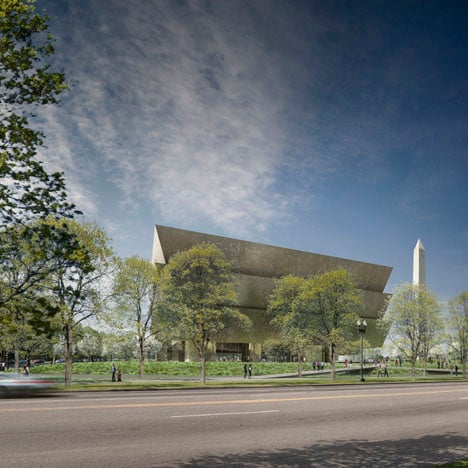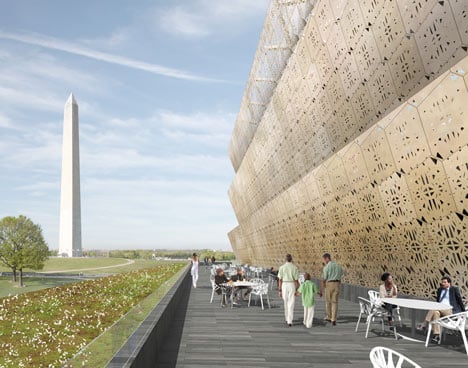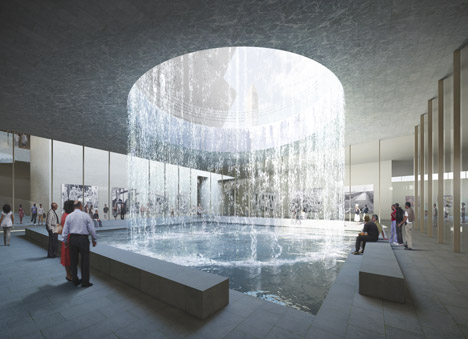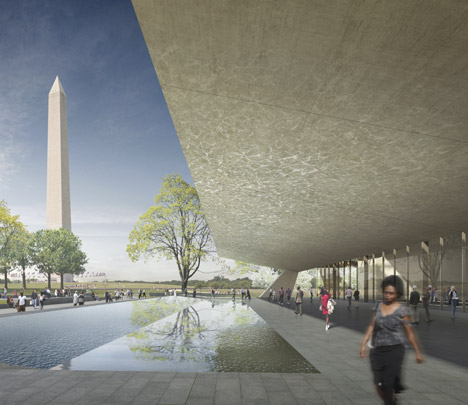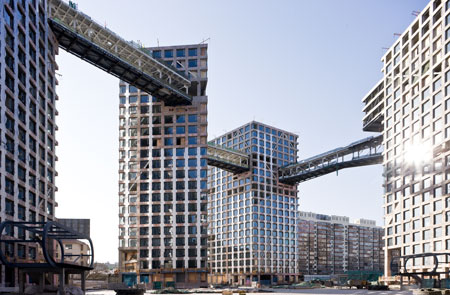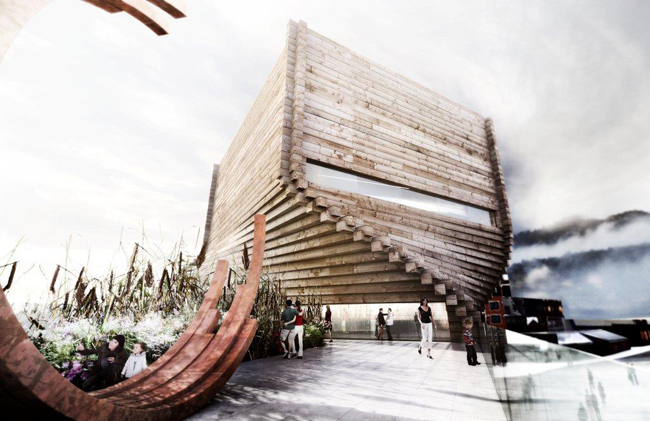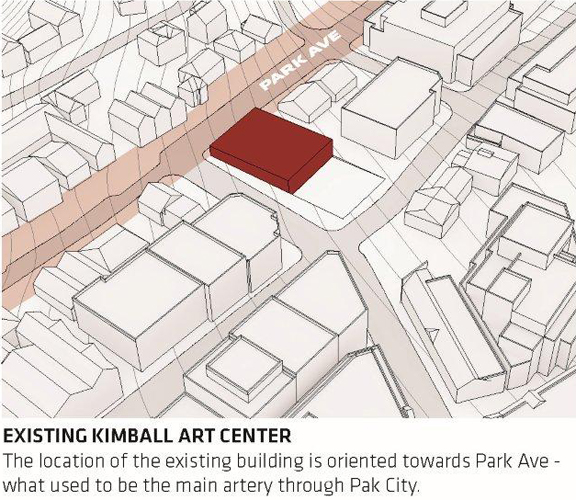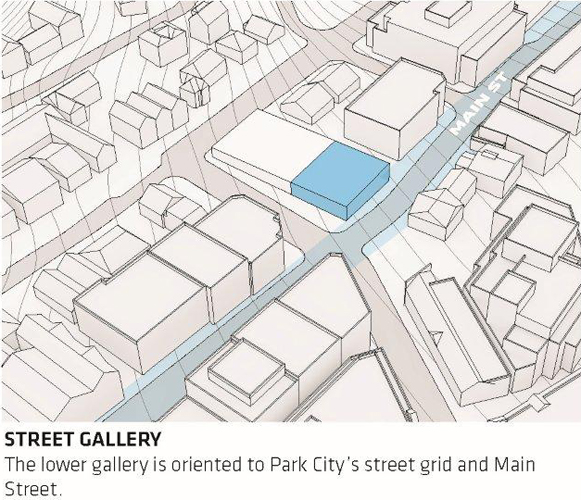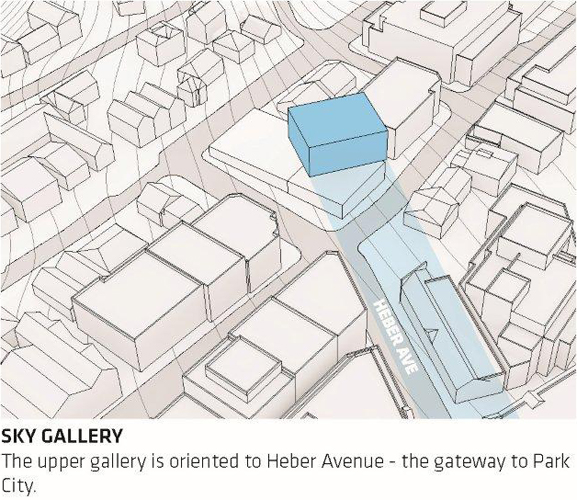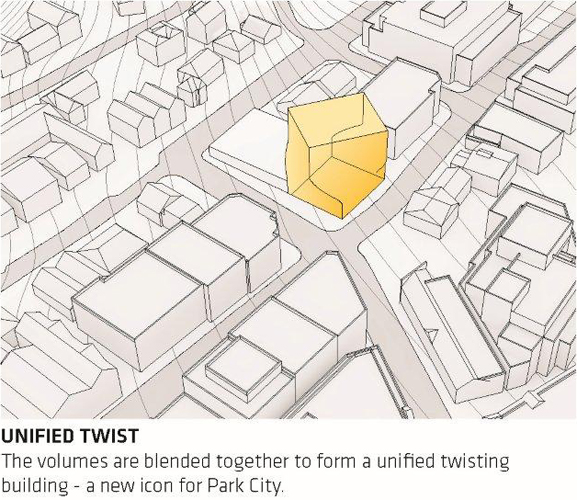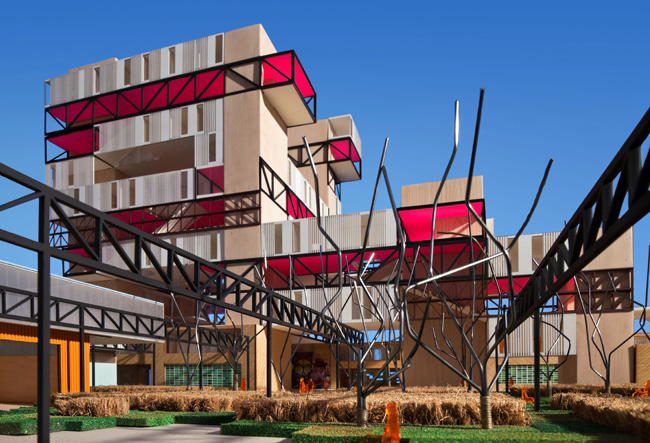from Urban Times article:
What is the biggest threat to our planet? ........... Cul-de-Sacs,
The Congress for the New Urbanism recognizes that cities—within the context of their surrounding regions—are the social, cultural, and economic foundation of human civilization. We assert that the street network provides the setting for commerce and social interaction, and that construction, operation, and maintenance of the street network is primarily to serve people and society.
We assert that current transportation engineering addresses only limited individual components of the region’s street network. This results in a fragmented and inefficient system that fails to adequately engage the social, environmental, and economic aspirations of communities.
We advocate a return to the historic understanding of the street network as a fundamental framework for safe, livable communities, where the human scale of the individual and the act of walking represent the basic unit of design.
We dedicate ourselves to re-establishing the relationship between the street network and natural systems. Instead of degrading the environment and depleting natural resources, street networks must support and sustain the ecology of place.
We believe that our scarce economic resources should focus on opportunities rather than problems, and that funding for the street network must respond to rational economic factors.
